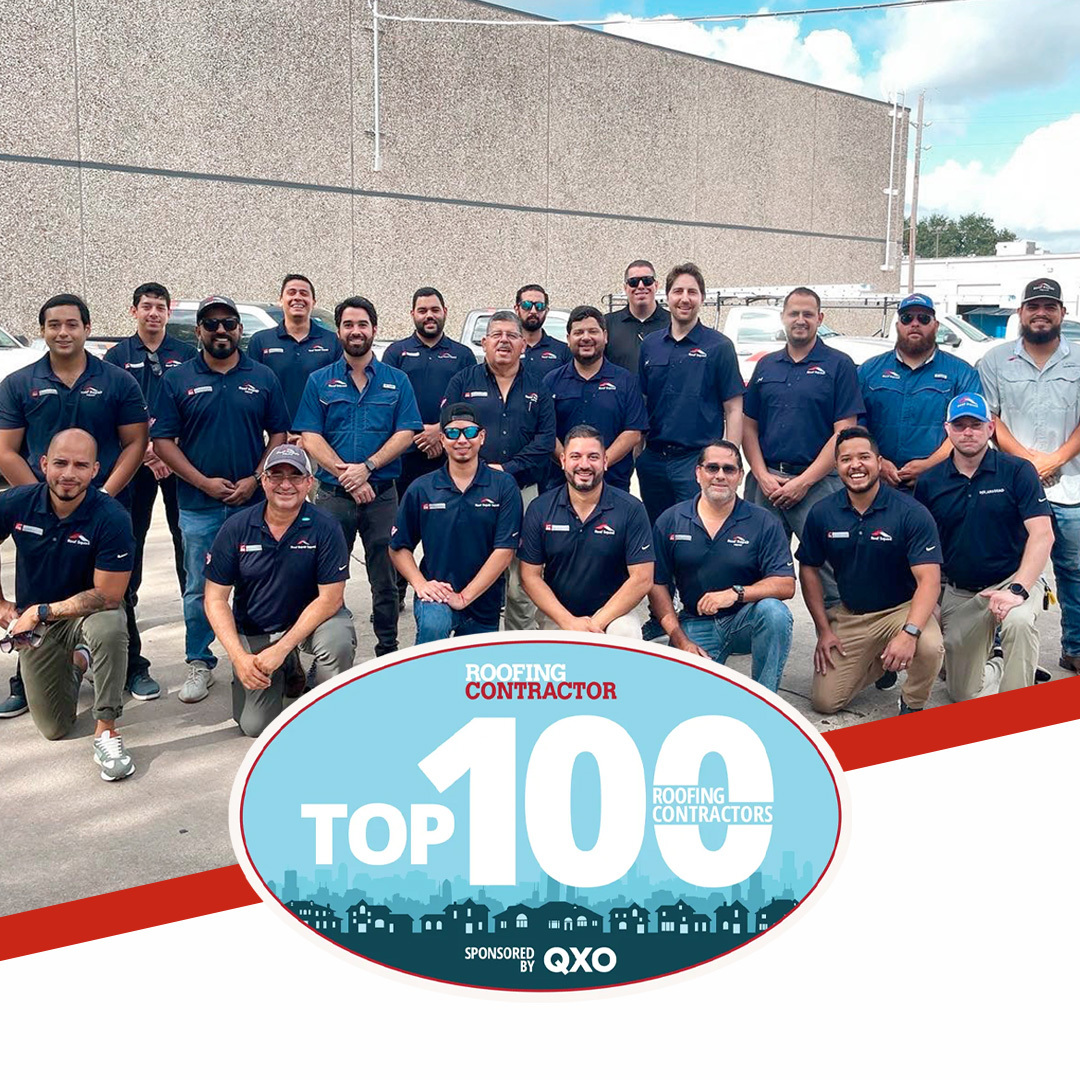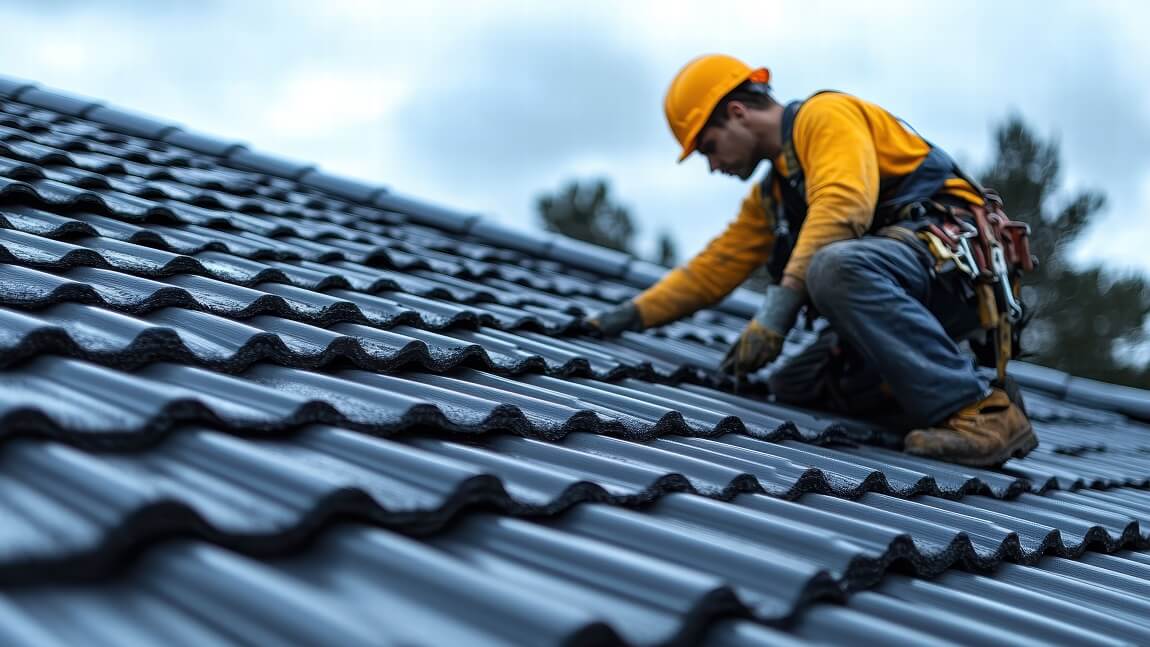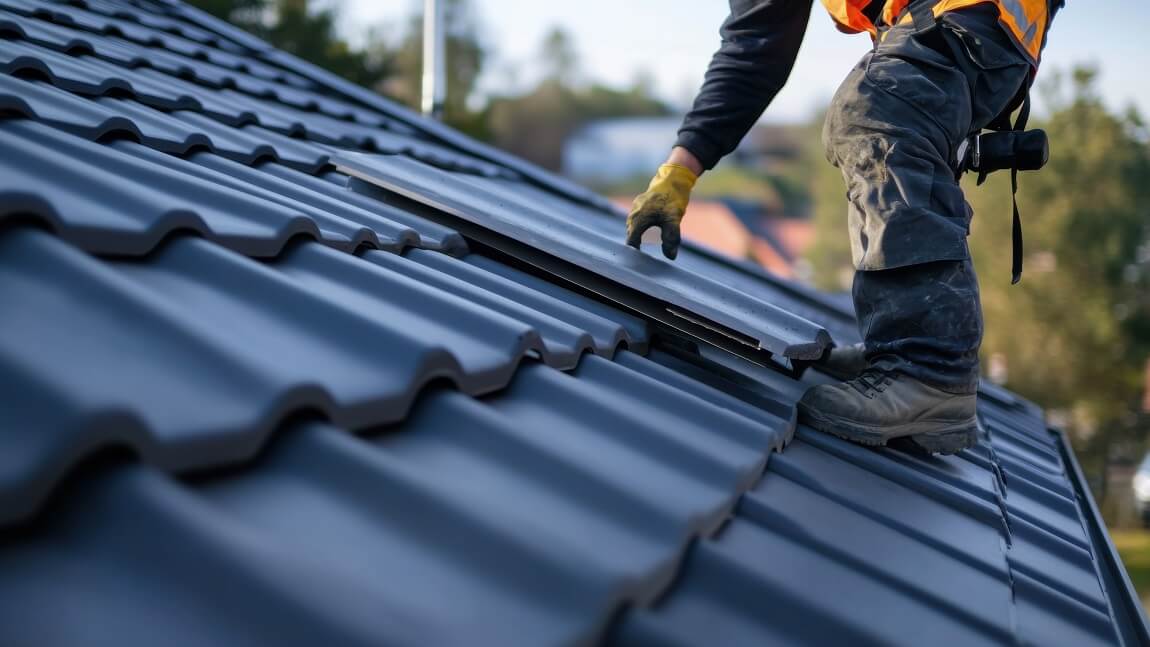Understanding Roof Underlayment: Its Role and Importance
A protective underlayer is an essential component of any roofing system, acting as a reliable barrier between your roof deck and the roofing material, whether it be shingles, tiles, or metal. This layer plays an important role in safeguarding your home from potential water damage by providing an extra line of defense against moisture that may penetrate the outer roofing materials. In regions with frequent rain or snow, choosing the right type of roof underlayment can make a significant difference in preventing leaks and maintaining the structural integrity of your roof. It also provides temporary protection if the roof is damaged, helping keep your home safe during bad weather.
Beyond its protective qualities, the subsidiary roofing layer is also necessary during roof inspections. Inspectors assess the condition of this moisture barrier to determine the overall health of the roofing system, as it can indicate underlying issues that may not be visible on the surface. Depending on its type and condition, this underlying material can reveal signs of wear and tear, potential leaks, or improper installation. Therefore, understanding different kinds of roof barrier materials and their specific benefits is essential for homeowners who want to keep their roof well-maintained and able to withstand the elements. Regular inspections can help identify when the subsidiary layer needs replacement, guaranteeing long-lasting protection for your home.
Felt Underlayment: Traditional Choice With Proven Durability
Felt roofing layer, often referred to as tar paper, is a traditional choice for many exterior renovation projects and has stood the test of time due to its proven durability and reliable performance. Made from a combination of asphalt and natural or synthetic fibers, it is known for its excellent moisture resistance and ability to provide a secondary barrier against water infiltration. One of the main advantages of felt is its affordability; it is generally more economical than other barrier materials, making it an attractive choice for budget-conscious homeowners. Its lifespan, while not as long as some modern alternatives, is sufficient for most roofs, typically lasting around 15 to 30 years, depending on environmental conditions and maintenance.
When looking for the best roof underlayment for shingles, many homeowners choose felt—especially for asphalt shingle roofs. Its textured surface helps keep shingles in place during installation, reducing the risk of slipping. However, when comparing felt vs synthetic roof underlayment, synthetic options often stand out for their greater durability and tear resistance, particularly in extreme weather conditions. While felt is suitable for a variety of climates, its performance may diminish in areas with high humidity or significant temperature fluctuations. As such, homeowners should weigh the benefits of felt protective layers against synthetic alternatives to determine the most appropriate choice for their specific roofing needs and environmental conditions.
Synthetic Underlayment: Modern Innovation for Improved Performance
Synthetic roofing layer is a game-changer in home protection technology, designed to improve both the performance and longevity of your roof. Unlike traditional felt insulating barrier, synthetic options are made from advanced polymers, making them not only lighter but also stronger. This lighter design makes installation easier and reduces the strain on your roof structure. One of the biggest advantages of synthetic protective layers is their durability. They are specifically built to resist tearing, UV damage, and water infiltration much more effectively than felt. This extra toughness means the synthetic roof lining solutions can stand up to even the harshest weather conditions, providing reliable protection no matter the climate.
When comparing felt vs. synthetic roof underlayment, price is an important factor to consider. While synthetic foundation materials may cost more upfront than traditional felt, their longer lifespan and better performance often lead to savings in the long run. Homeowners in areas with harsh weather—like strong winds, heavy rain, or intense sun—will especially benefit from synthetic protective layers. Its tough design helps it stay strong through temperature changes, making it a smart choice for anyone looking for long-lasting protection and peace of mind. As more homeowners and contractors recognize the benefits of different roof underlayment types, synthetic insulating barrier continues to gain popularity as a reliable choice for modern roofing projects.
Peel-and-Stick Underlayment: Superior Adhesion for Harsh Conditions
Peel-and-stick underlayment stands out from other roofing options because of its strong adhesive and self-sealing properties. This makes it a popular choice for projects that need great water resistance and easy installation. This protective membrane has a self-adhesive backing, so it sticks directly to the roof deck without needing extra fasteners. The result is a strong, watertight barrier that provides excellent protection against leaks, especially in areas with heavy rain and wind. Its easy application is a big advantage, saving time and reducing labor costs, while also lowering the chances of installation mistakes. Homeowners and contractors alike appreciate the convenience and reliability that peel-and-apply roofing sheet provides.
Peel-and-stick options are often chosen as the best roof underlayment for shingles, especially in areas with tough weather. Adhesive-lined materials are often recommended because they stay in place even during harsh weather, helping prevent water from getting through and damaging the roof. Plus, they’re designed to seal around nails and fasteners, increasing their protection even more. In climates where wind-driven rain or ice dams are common, peel-and-stick underlayment offers an extra layer of security, ensuring the longevity and resilience of the roof. For those seeking a high-performance solution that combines ease of use with maximum protection, self-adhesive shield is a compelling choice.
Comparing Costs and Lifespan of Roof Underlayment Types
When selecting a roofing protective layer, you should consider both the cost and the expected lifespan, along with ease of installation and maintenance needs. Making an informed choice can significantly impact the overall affordability and durability of your roofing project. Here’s a breakdown of the costs and lifespans of felt, synthetic, and peel-and-stick underlayments to help with planning and budgeting for replacement services:
- Felt Underlayment: Generally the most affordable option, costs range from $0.15 to $0.30 per square foot. However, its lifespan is relatively modest, typically lasting 15 to 30 years depending on climate conditions and maintenance.
- Synthetic: Although they cost more upfront, averaging between $0.20 to $0.50 per square foot, they offer a longer lifespan, often exceeding 40 years. Their durability and resistance to tears and UV damage make them an affordable choice in the long run.
- Peel-and-Stick Underlayment: The most expensive option. It can cost from $0.50 to $1.00 per square foot. However, their superior adhesion and self-sealing properties extend their lifespan, making them a wise investment, especially in areas prone to severe weather.
By evaluating these factors, you can choose the most suitable protective layer for your needs, balancing immediate costs with long-term benefits. Taking this into account is very important when planning a roof replacement, as it ensures the chosen roofing barrier will deliver the necessary protection and durability, ultimately safeguarding your home and maximizing your long-term investment.
Climate Considerations: Choosing the Right Roof Underlayment Types for Your Region
When selecting the appropriate roofing materials for your home, climate considerations play a central role in guaranteeing maximum protection and performance. Different regions, such as New Orleans and Denver, present unique weather challenges that influence the selection of roofing materials. In New Orleans, the climate is characterized by high humidity, heavy rainfall, and the threat of hurricanes. For such areas, a peel-and-stick underlayment is often recommended due to its superior adhesion and water resistance. This type of moisture barrier provides a watertight seal that is necessary for preventing leaks and damage during intense storms and prolonged wet seasons.
Denver's climate presents unique challenges, with extreme temperature changes, snow, and high UV exposure. In this case, synthetic roofing material is often considered the best roof underlayment for shingles. Its durability and resistance to tearing make it suitable for handling the freeze-thaw cycles and high winds common in this region. Its UV resistance helps protect the roof deck during the hot summer months when the sun is strongest. By choosing a roof lining suited to your area's weather, you can make sure your roof lasts longer and performs better. Understanding these climate factors is important to making the right choice and getting the most out of your roof.
Integrating Underlayment With Other Roofing Components
The foundation layer is an important part of the roofing system, acting as a protective coating between the roof deck and the outer materials, like shingles or tiles. It adds extra protection against the weather, working together with other parts of the roof to improve overall performance. By preventing moisture from getting in and lowering the risk of leaks, this shield helps maintain the strength of the roof deck and protect the home. Choosing the right roof underlayment type can have a big impact on how well the roof performs in different weather conditions, so it's important to pick the right one for your needs.
Working together with other roofing components like flashing, gutters, and vents, the insulation layer is essential for directing water flow and ensuring proper ventilation. When installed properly, it helps direct water away from vulnerable areas and allows the roof to "breathe," preventing mold and rot. Regular roof inspections are important for keeping everything in good condition, as they help spot any wear, damage, or misalignment that could affect the system. By checking the roof regularly, you can fix any issues quickly, ensuring that all parts of the roofing system, including the protective barriers, continue to work well and help extend the roof's lifespan.
Why Professional Inspection and Installation Matters
Professional roof inspections and expert installation are essential for making sure your roof lasts and works properly. A trained inspector can find problems that might not be obvious, like subtle signs of damage or incorrect installation of roofing parts, including the roof lining. Catching these issues early can help you avoid costly repairs and extend the life of your roof. Roof assessments provide valuable information on the condition of your roof and any needed maintenance. This proactive approach helps keep your roof in good shape and working as it should.
Proper installation of moisture shield requires expert knowledge to make sure they protect your roof as intended. Incorrect installation can lead to leaks, lower energy efficiency, and even cause structural damage over time. That's why it’s important to rely on skilled professionals for installation and replacement services. By choosing our comprehensive replacement services, homeowners can be confident their roofing systems are in capable hands. Our expert team is committed to providing reliable solutions tailored to your needs, guaranteeing peace of mind and long-lasting roof performance.










